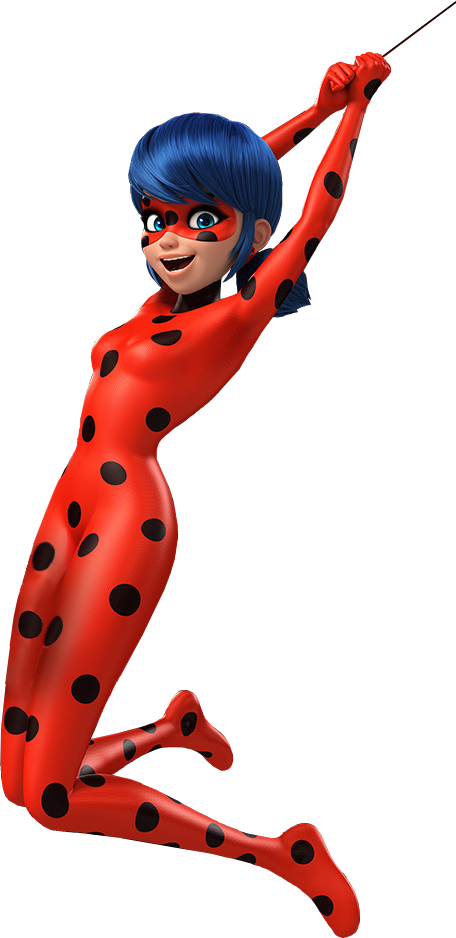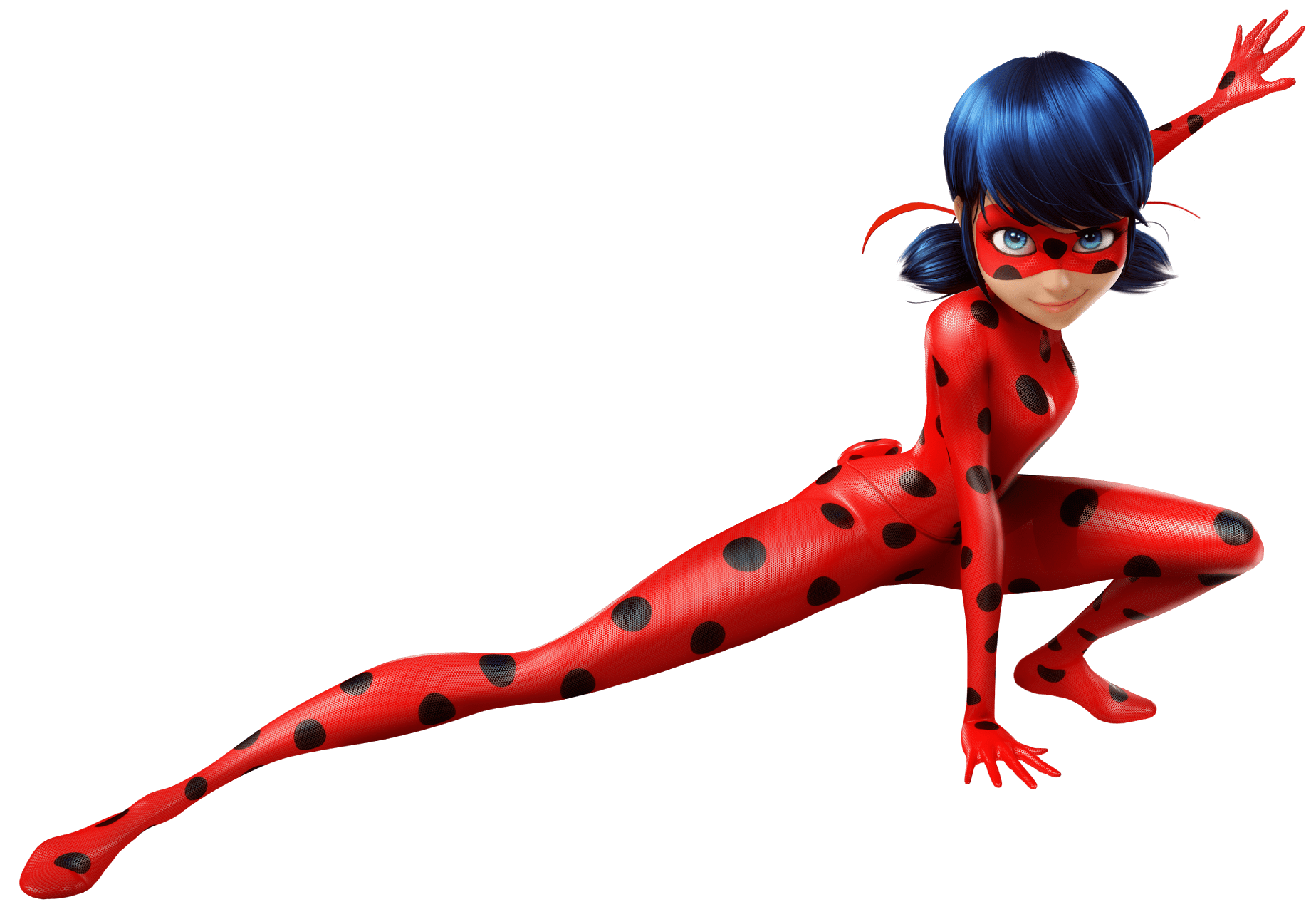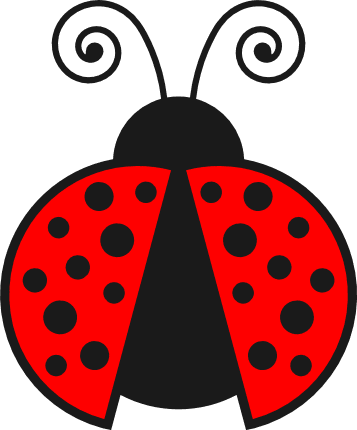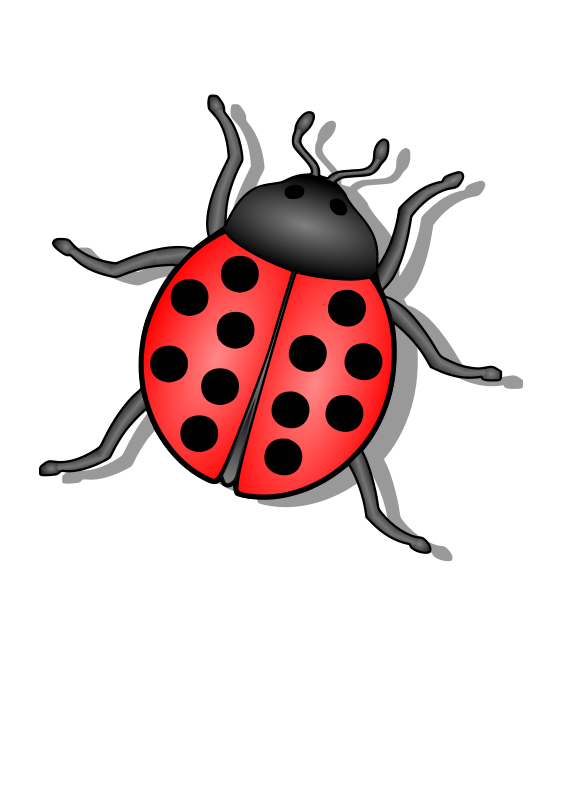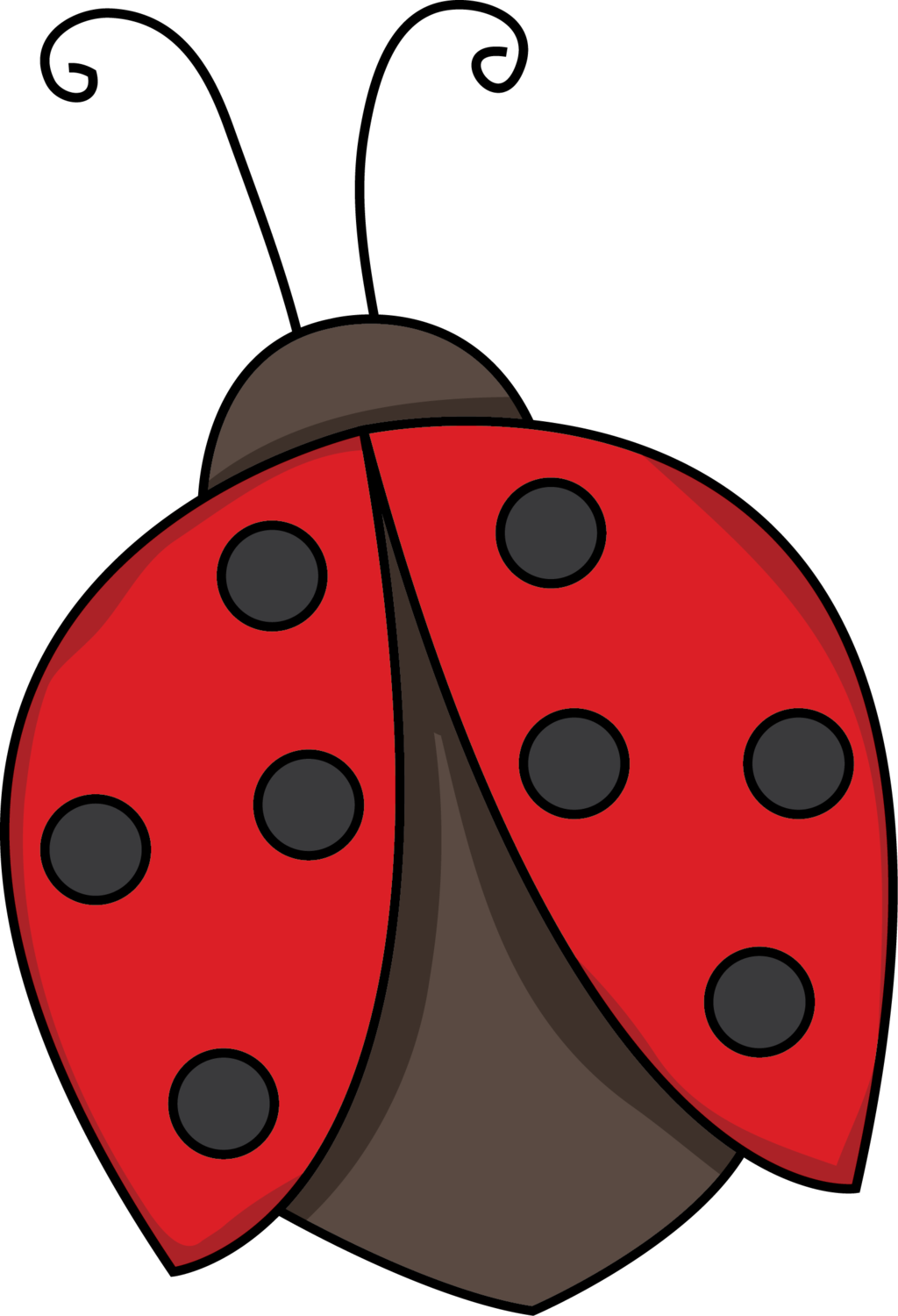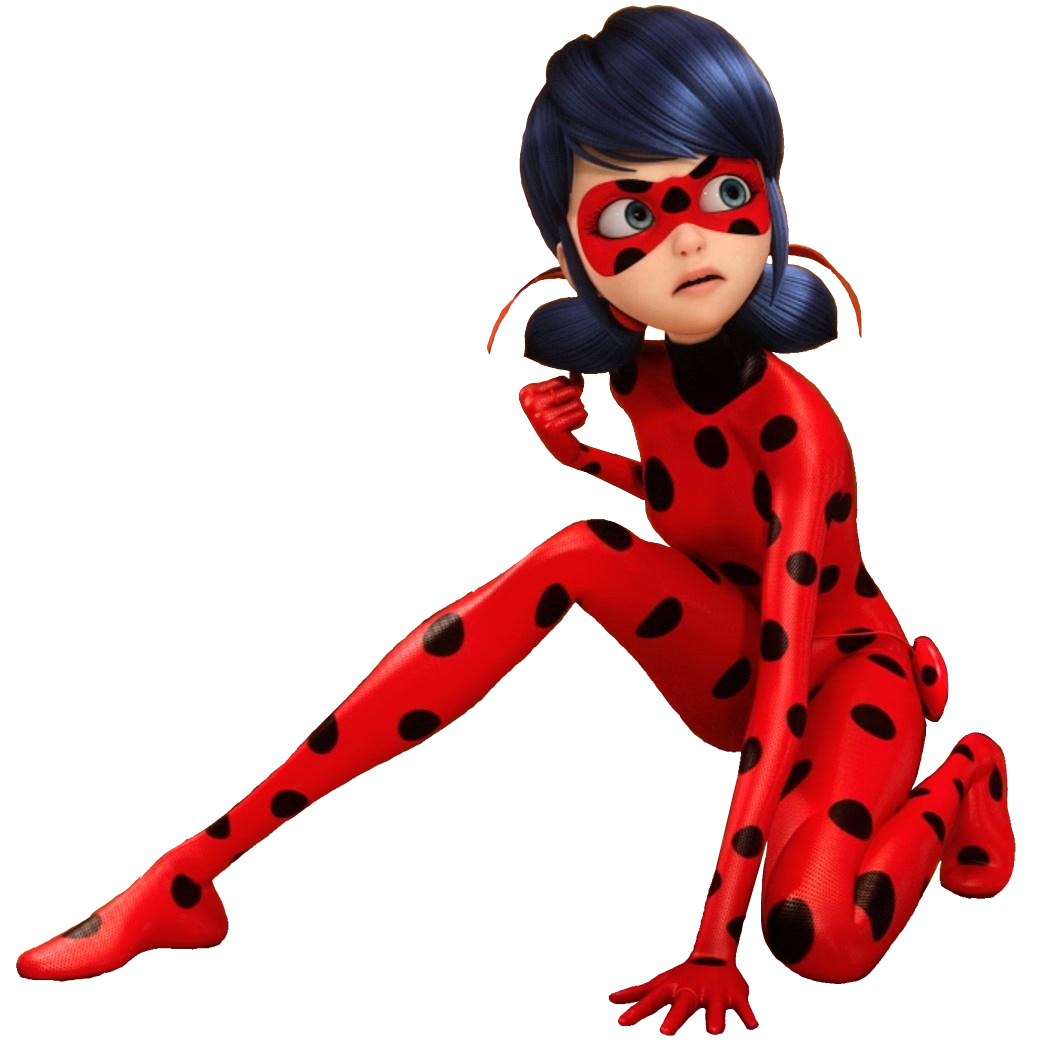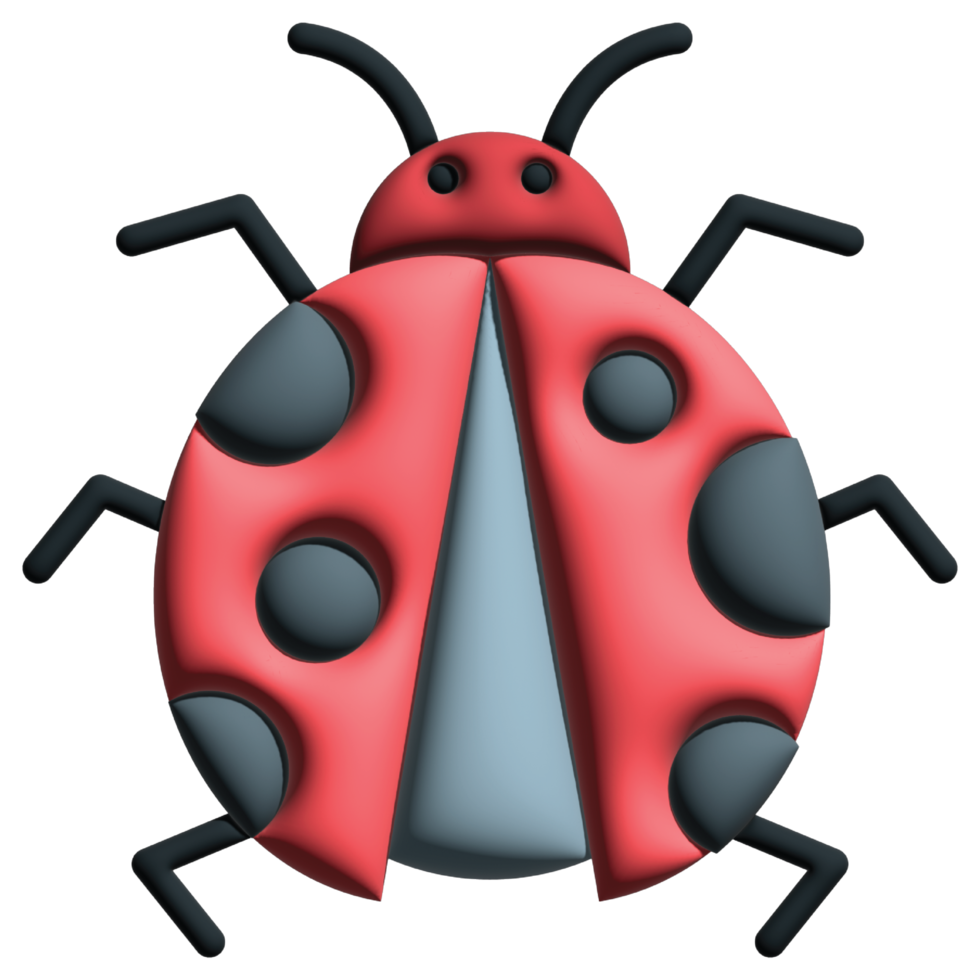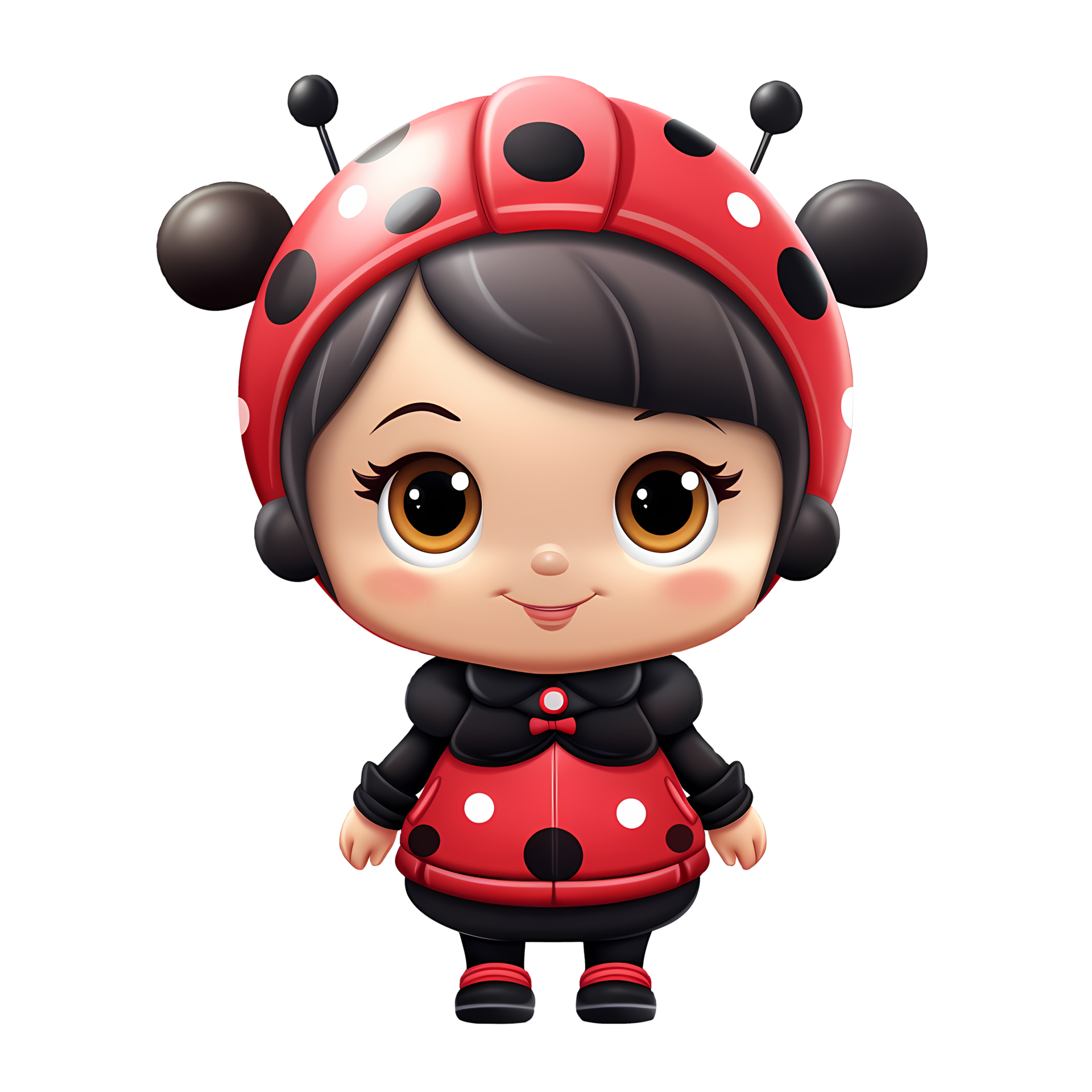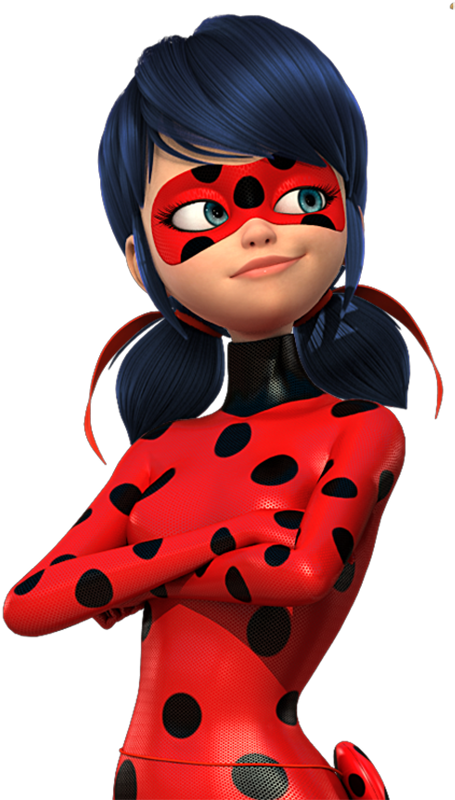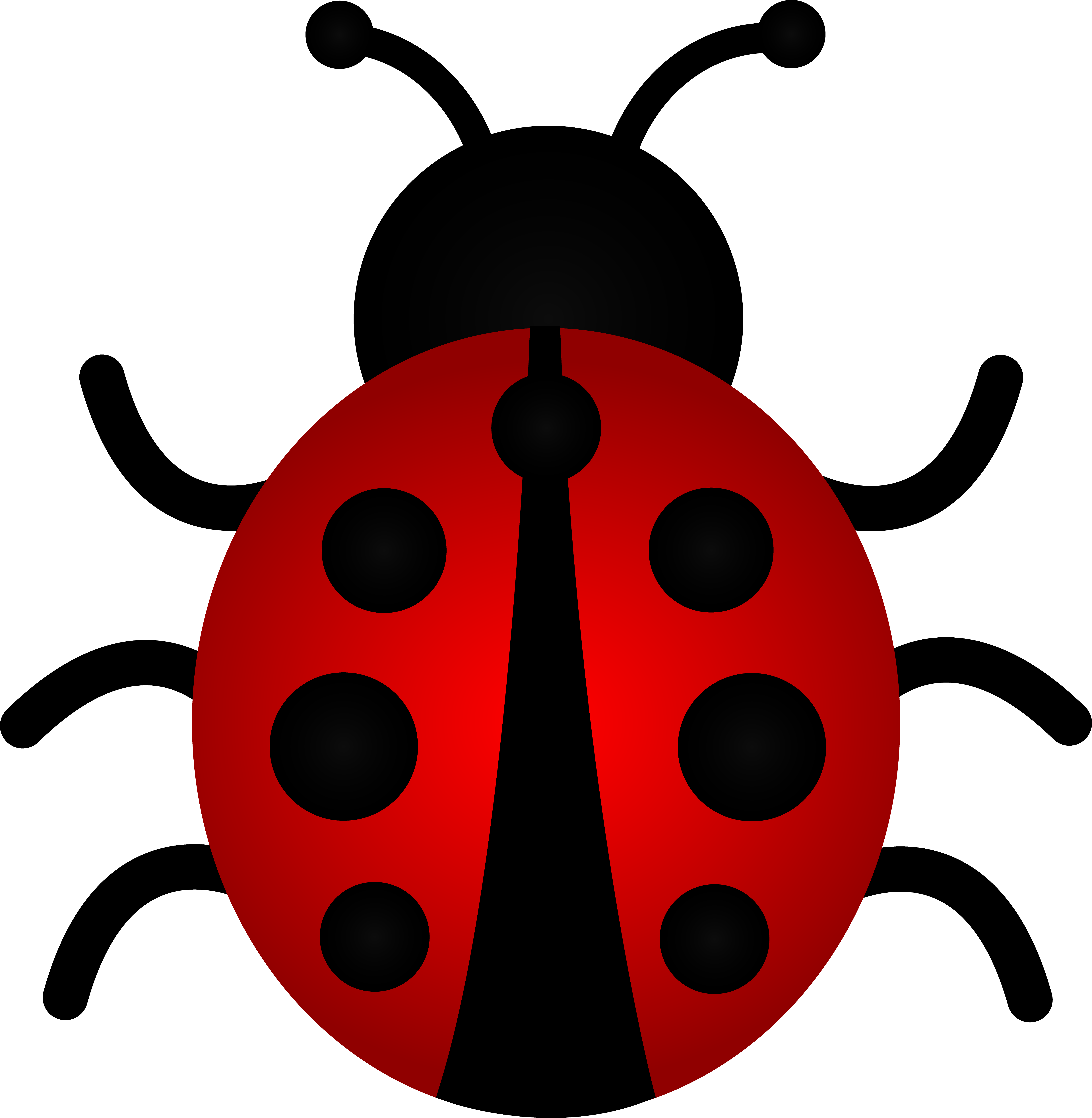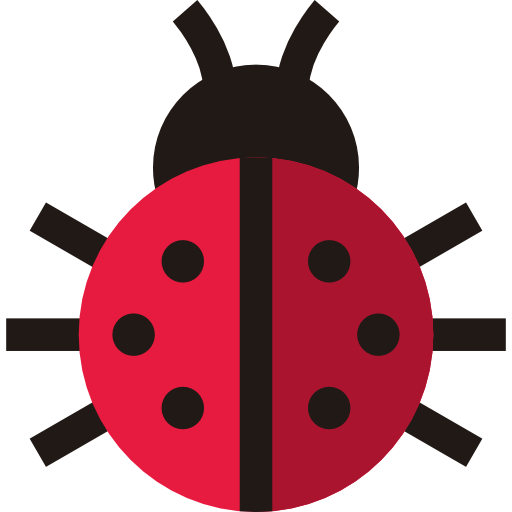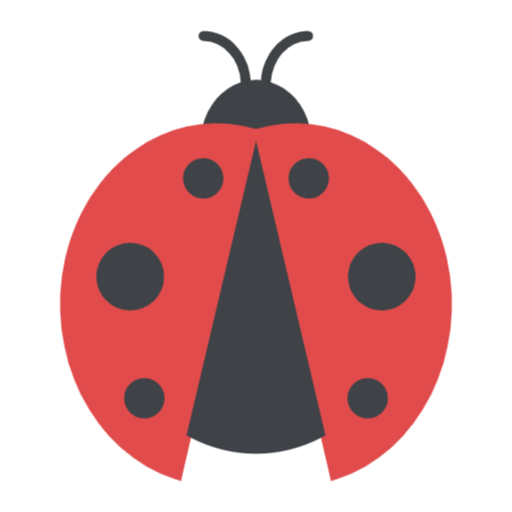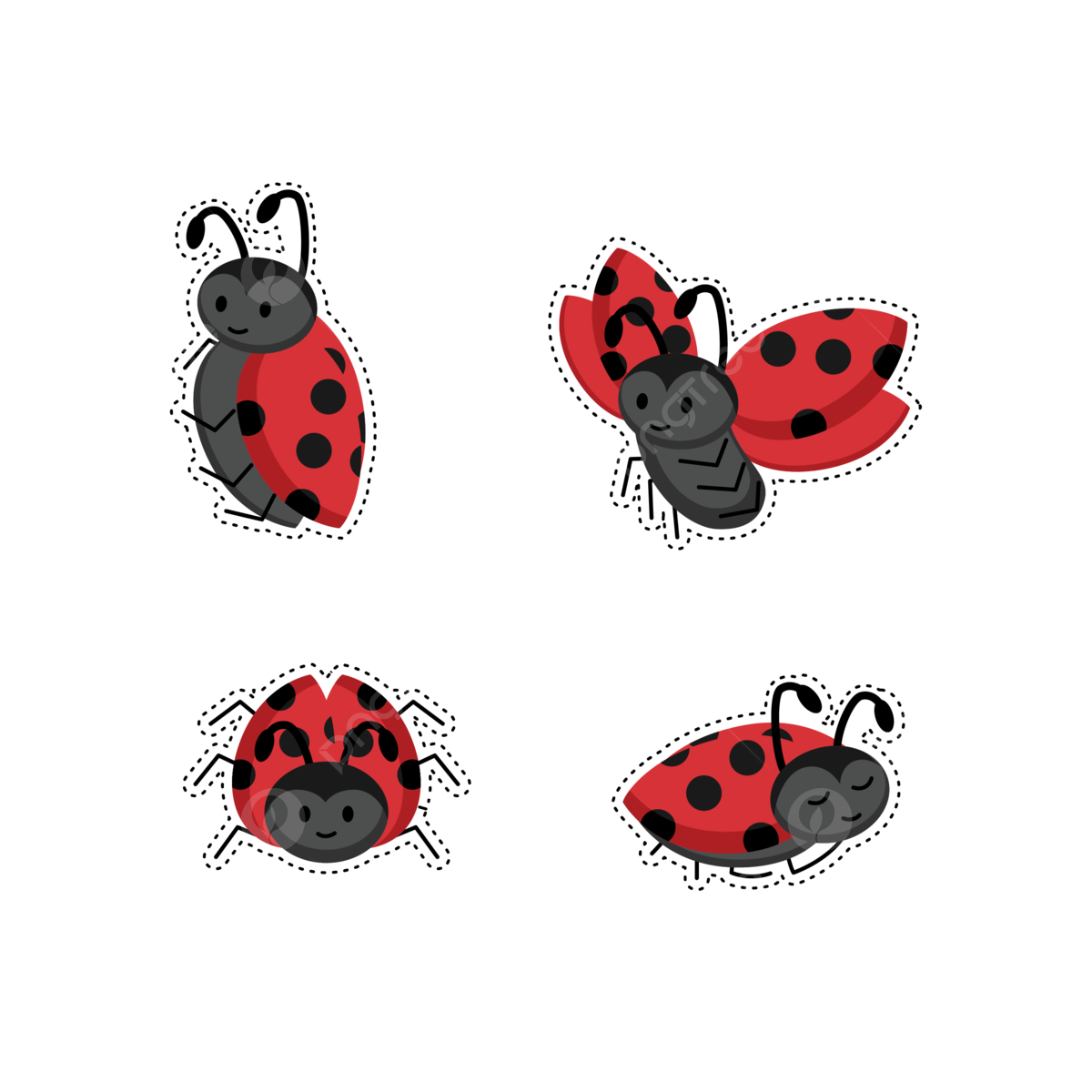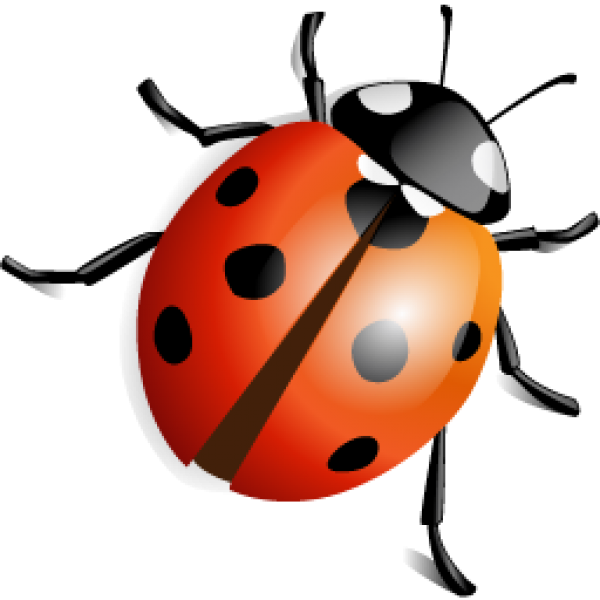Download top and best high-quality free Lady Bug PNG Transparent Images backgrounds available in various sizes. To view the full PNG size resolution click on any of the below image thumbnail.
License Info: Creative Commons 4.0 BY-NC
If you have seen a tiny, red and black, polka-dotted insect crawling on a leaf, it’s probably a ladybug or ladybird beetle, scientifically known as Coccinella septempunctata. Ladybugs are one of the most beloved and easily-recognized insects worldwide, due to their lovely appearance, and their association with good luck and fortune in various cultures. However, there is much more to ladybugs than meets the eye. In this article, we will explore the fascinating features of ladybugs, their behavior, natural habitat, and how they contribute to our ecosystem.
Appearance and Physical Characteristics
Ladybugs or ladybirds belong to the family Coccinellidae, consisting of more than 5,000 species worldwide, with varying colors and spots. The common ladybugs, Red Ladybugs or Ladybirds, which are usually seen in gardens, parks, and meadows, have a distinctive, hemispherical shape, reddish-orange to yellowish-red background color, and round black spots on their elytra, or wing covers. However, some ladybugs can have white, brown, grey, or even pink backgrounds, with different colored spots.
Adult ladybugs range in size from 1/16 to 3/8 inches (2-10 mm), depending on the species. They have six short legs, a small head with long antennae, and a prominent pronotum, which covers the thorax like a shield. Babies of ladybugs, called larvae or “aphid lions,” have long, segmented bodies, and spiky, black or white projections on their backs. They are voracious predators of soft-bodied insects and pests, such as aphids, mealybugs, scales, mites, and caterpillars, as they have strong jaws and consume them fully.
Behavior and Lifestyle
Ladybugs have a fascinating behavior and lifestyle, which has intrigued scientists for decades. For instance, they are capable of emitting a yellow, oily fluid from their legs, which is a defense mechanism against predators, as it has a pungent smell and bad taste. They cope with cold weather by aggregating in large groups, up to thousands of individuals, underneath leaves or bark, where they hibernate or aestivate, depending on the climate. In spring and summer, female ladybugs lay up to 1000 eggs in clusters or rows on leaves, stems, or branches of trees or plants, depending on the species and availability of food.
The eggs hatch after 3 to 4 days, forming tiny larvae, which undergo multiple molts, feeding on insects, and gaining in size, until they pupate. The pupa, in turn, transforms into an adult ladybug within 7 to 15 days, depending on the temperature and humidity level.
Ladybugs are diurnal insects, meaning they are active during the day and rest at night. They fly using their wings, which are hidden under the elytra, and can reach speeds up to 24 km/h (15 mph). They can also adjust the speed and direction of their flight using their antennae and sight. Interestingly, ladybugs have a homing ability, meaning that they can find their way back to their place of origin, even if it’s several kilometers away, as they are believed to use solar or geomagnetic cues to navigate.
Natural Habitat and Distribution
Ladybugs are found in almost all parts of the world, except for Antarctica and some oceanic islands. They prefer temperate or tropical climates, where there is an abundance of herbaceous vegetation and insects, their primary food source. They can be found in forests, grasslands, mountains, and agricultural fields, where they play a vital role in controlling pest populations. They are particularly beneficial in organic farming, as they are natural methods of biological pest control, which avoids the use of harmful chemicals that can affect other wildlife and human health.
Ecological Roles and Importance
Ladybugs play various essential ecological roles, which are beneficial for the environment and humans. They are natural predators of many agricultural pests, such as aphids, which can cause significant damage to crops and vegetation if not controlled. Ladybugs can consume up to 50 aphids in a day, which helps farmers and gardeners to reduce the use of synthetic pesticides, that can have negative impacts on biodiversity.
Moreover, ladybugs are also important pollinators of some flowers and plants, as they feed on their nectar and transfer the pollen from one flower to another while hovering or landing. Ladybugs have also been studied for their medicinal and therapeutic properties, as some compounds extracted from ladybugs have been found to have anti-cancer, anti-inflammatory, and anti-coagulant effects, which could have potential applications in modern medicine.
Conclusion
In summary, ladybugs are fascinating and beneficial insects that are widely known for their lovely appearance, good luck, and pest control abilities. They have a unique behavior and lifestyle that has attracted the attention of scientists and nature lovers alike. Ladybugs are distributed worldwide, and they play vital ecological roles in agriculture, biodiversity, and human health. Knowing more about ladybugs can help us appreciate their value and protect them from extinction, as they are facing various threats, such as habitat loss, climate change, and invasive species.
Download Lady Bug PNG images transparent gallery
- Lady Bug PNG
Resolution: 456 × 938
Size: 289 KB
Image Format: .png
Download
- Lady Bug Transparent
Resolution: 377 × 440
Size: 44 KB
Image Format: .png
Download
- Lady Bug
Resolution: 1848 × 1273
Size: 794 KB
Image Format: .png
Download
- Lady Bug Background PNG
Resolution: 357 × 430
Size: 8 KB
Image Format: .png
Download
- Lady Bug No Background
Resolution: 566 × 800
Size: 82 KB
Image Format: .png
Download
- Lady Bug PNG Clipart
Resolution: 1024 × 1500
Size: 184 KB
Image Format: .png
Download
- Lady Bug PNG Cutout
Resolution: 1047 × 1062
Size: 579 KB
Image Format: .png
Download
- Lady Bug PNG File
Resolution: 980 × 980
Size: 483 KB
Image Format: .png
Download
- Lady Bug PNG Free Image
Resolution: 1920 × 1920
Size: 1291 KB
Image Format: .png
Download
- Lady Bug PNG HD Image
Resolution: 630 × 1080
Size: 361 KB
Image Format: .png
Download
- Lady Bug PNG Image File
Resolution: 1333 × 394
Size: 135 KB
Image Format: .png
Download
- Lady Bug PNG Image HD
Resolution: 455 × 800
Size: 403 KB
Image Format: .png
Download
- Lady Bug PNG Image
Resolution: 6023 × 6167
Size: 819 KB
Image Format: .png
Download
- Lady Bug PNG Images HD
Resolution: 512 × 512
Size: 18 KB
Image Format: .png
Download
- Lady Bug PNG Images
Resolution: 512 × 512
Size: 37 KB
Image Format: .png
Download
- Lady Bug PNG Photo
Resolution: 1200 × 1200
Size: 199 KB
Image Format: .png
Download
- Lady Bug PNG Photos
Resolution: 800 × 638
Size: 35 KB
Image Format: .png
Download
- Lady Bug PNG Pic
Resolution: 600 × 600
Size: 77 KB
Image Format: .png
Download
- Lady Bug PNG Picture
Resolution: 600 × 600
Size: 117 KB
Image Format: .png
Download
